Honda: Road to the Red Zone, Sports Story / Voyage en Zone Rouge, l’histoire sportive

by Lionel Lucas
“Soichiro Honda’s way of motivating people has marked a full generation of Honda associates during his lifetime. And from what I have witnessed, it is still alive and well within the Honda of today. This is why I have structured my narrative by following each successive person that has taken the helm of Honda. And now to the most difficult part of all: decide what to include and where to make the necessary compromises.
What I propose in front of you is not a Honda bible. It is only the vision of a group of passionate people trying to convey the spirit that drives this unapologetically different company. Many things remain to be written. May this book even inspire some to act and follow suit!”
(French / English) We don’t normally quote such a long passage but every sentence in it counts, because all these statements are true, and the exploration of each is what makes this book singularly different and special.
Author/publisher Lionel Lucas is not wrong in saying that “reading this book will not leave you indifferent.” And he’s also right on the money with this: [read it] “in small doses, no more than a few pages a day.” Divide 440 pages by, say, 5 and this book will claim your attention for almost three months. It will hold it too, especially if you have an affinity for book design because there is truly not one boring, unimaginative spread in this book. Both in terms of content-wrangling and layout it is a tour de force.
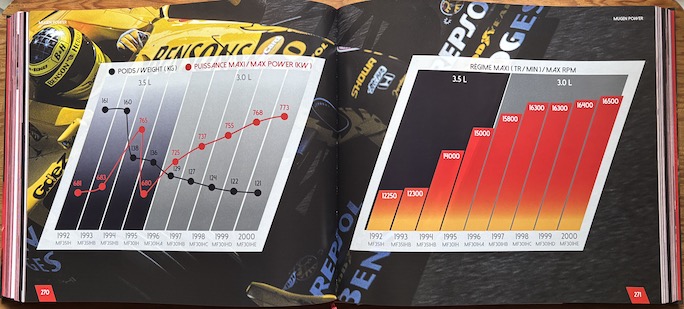
Anybody can draw an X/Y graph. Someone with a creative bend sees other ways. Take that, A.I.
You can tell just from looking at the book that it makes certain assumptions about the reader: the reference to “red” in the title and the dominant use of that color throughout will only be recognized as intentional by those who know that Hondas Type R usually have a red badge (while the cover’s companion color white is a nod to the optional exterior paint Championship White) and of course the whole premise hinges on your knowing that a Type R is not one singular model but an umbrella term for the special performance editions within model families, starting with the NSX—hence the subtitle “Sports Story.”

Even the custom acrylic box is tinted red; custom because it is available in three sizes to fit either of the two books or the set ($340/€250 for books and box). If you already have the book you can buy the box separately, €50. On the top it has a numbered tag.
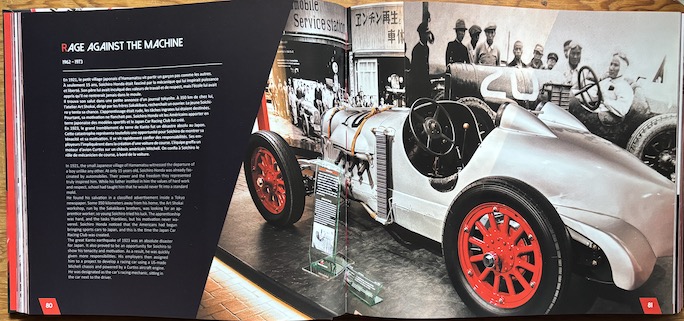
Almost none of the photos have captions which is not laziness but a design choice to keep the page layout uncluttered, this spread with the strong diagonal being a good example. Whatever you’d want to know about a photo will be covered in the surrounding body copy, you just have to work a bit harder to connect it all.
Honda’s motorsports activities started in the 1950s with motorcycling and have branched out into just about every form of racing, especially as a supplier. Given the company’s longevity and size you can see that this will be one big story. Big enough to require two books, which it does even though we will only discuss the second one here. (Published some time apart they are available separately, or rather were as vol. 1 quickly sold out and is now only available as part of the limited-edition, numbered boxed set.)
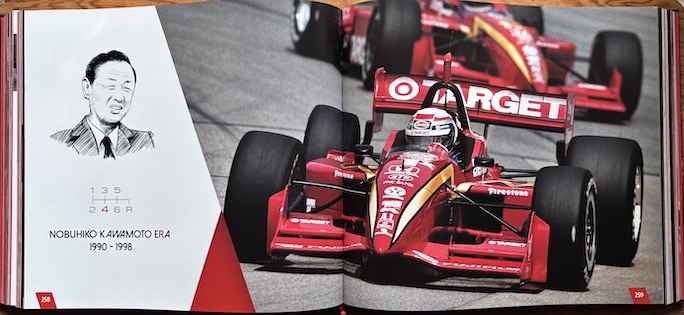
Why does the book have six chapters? Because it works with the pattern on the shifter, the selected gear representing the chapter, here “4”.
Vol 1 starts with the birth of Soichiro Honda and goes to 2015 and the first Civic Turbo; Vol 2 revolves around the Civic, NSX and S2000, and three iterations of single-seater race cars. Also, by way of a Prologue, the book threads the needle by looking at Honda’s UK manufacturing plant in Swindon and the assembly there of the FK8-generation of the Civic Type R and moves from there to Italy, the US, and Japan. Meaning, Lucas did make it his mission to actually talk in person to everyone who matters in this story—and to drive as many cars as people would let him! No wonder it took 8+ years for these books to come together (and it is hard to imagine how he could possibly recoup his expenses through book sales).
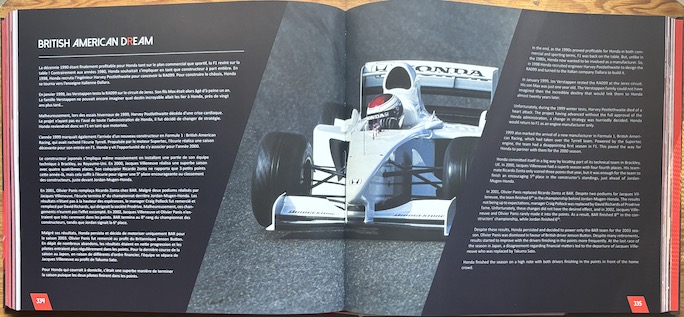
This section does not have a French title—which means readers who aren’t attuned to language might miss the pun that in French would work so well: replace the word “dream” with its French equivalent—what would the initials of the title words then spell? B A R, which is what this section is about!
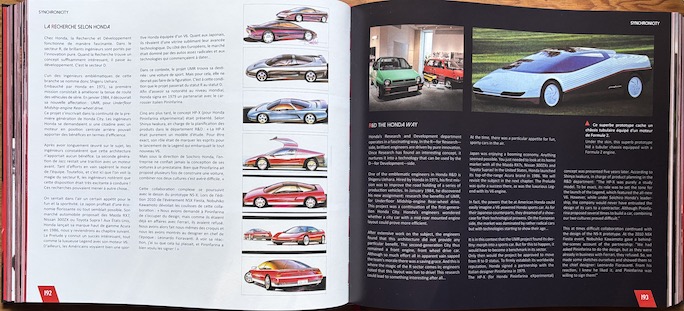
This is as good an example as any to observe that the French and English texts are not identical, the translation instead retaining key ideas because Lucas considers his manner of expressing himself in French “complicated.” On the upside, if you speak both languages you’ll wring more nuances from the book.
It seems like you have to train up to handle this book, not just in terms of reading the words—small type, jaunty angles, shades of grey—but the inventive visuals and layouts that French boutique publisher RedRunner uses with abandon and, well, courage. Even at its most headache-inducing you have to admire the avant-garde boldness of the design for its convictions.
The book won the 2023 “Grand Prix du livre et des mobilités,” of which Lucas is rightly proud. The Japanese mentality is probably even more reserved than the Gallic so he takes even greater pride in the fact that Honda Racing Corporation’s president praises the book as a must-have reference that will have pride of place on his own bookshelf. Incidentally, the very smart Foreword was written by Hideki Kakinuma, the lead engineer for Honda’s Type R project.
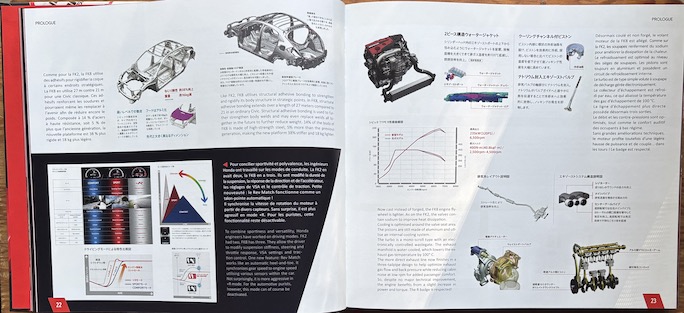
Learn some Japanese along the way!
Usually, the hard part of a book review is finding a way to start it in a way that engages any and all readers; this time it’s finding a way to end it—there’s just so much worth showing! We leave you with this:
Typographically, an Acknowledgments page is about as boring as could be. Few even read it, not least because it’s usually at the back. Here it is right in front and you couldn’t miss it if you tried (below). This being a motorsports book the elements are set up as a starting grid. Note how the type that “sits” in the grandstand is at a different angle compared to the type on the flags mounted to the cars. And did you see that the first car flies a “Project Lead” flag? It’s all too clever. What fun it must be to work on such ambitious and fully realized books!
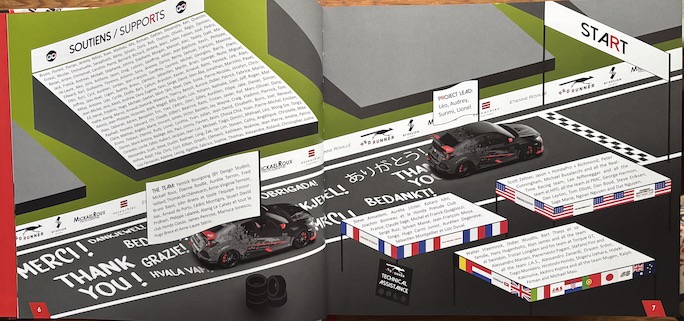
Copyright 2025, Sabu Advani (Speedreaders.info
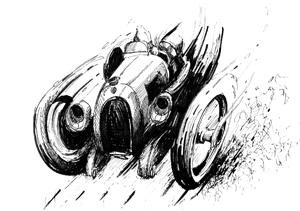

 RSS Feed - Comments
RSS Feed - Comments
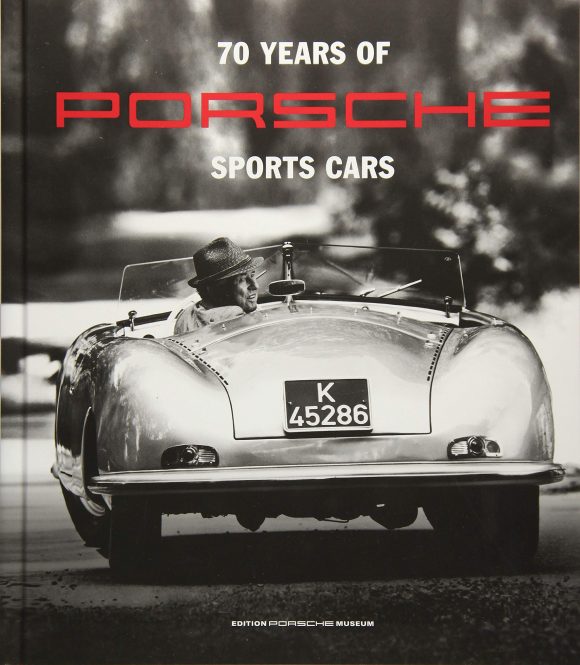


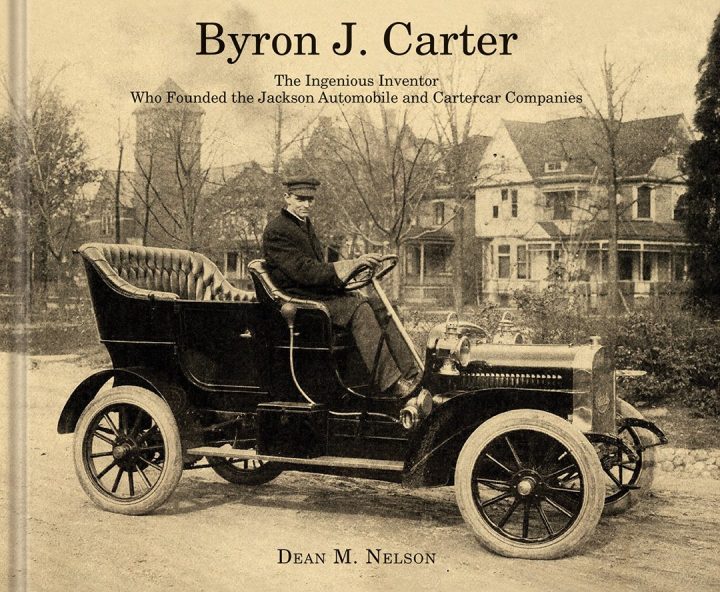
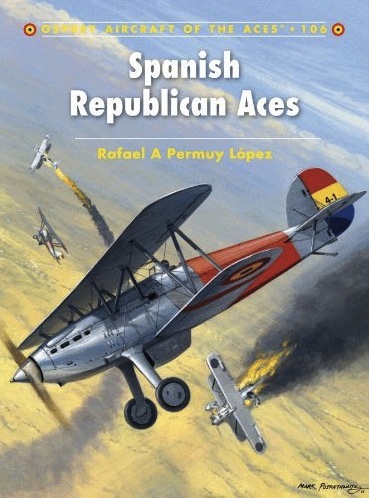

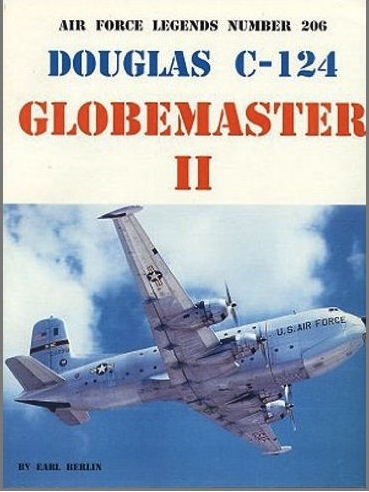
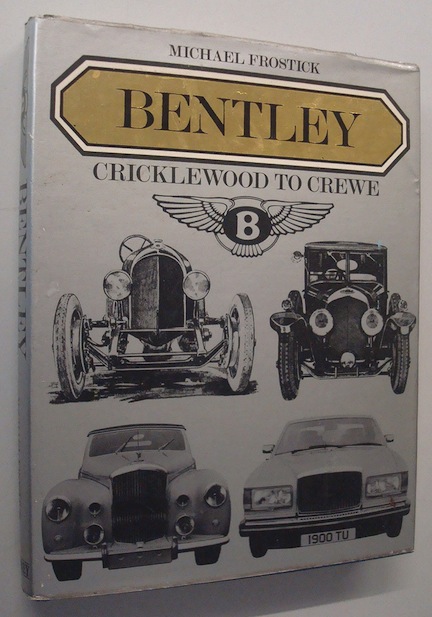
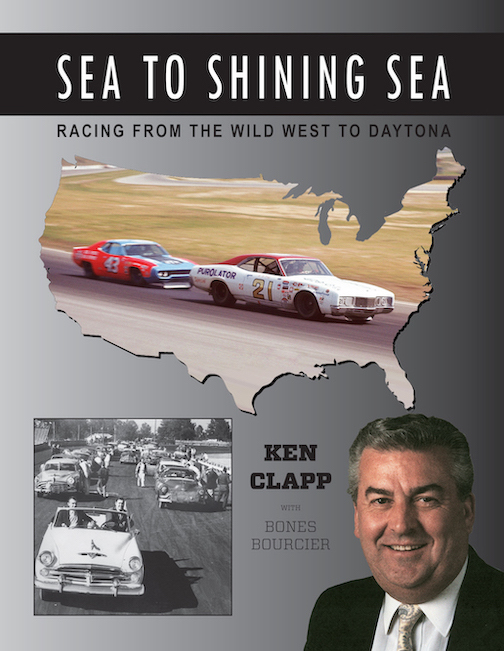
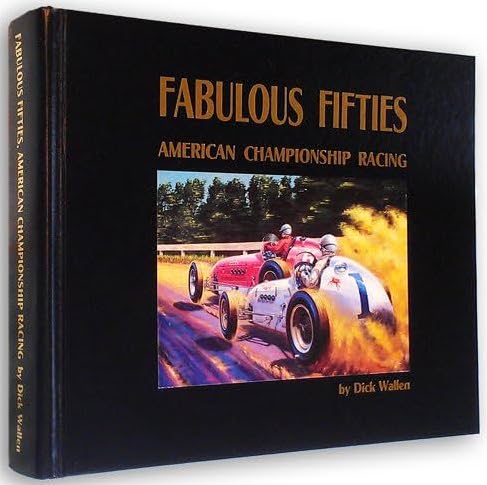
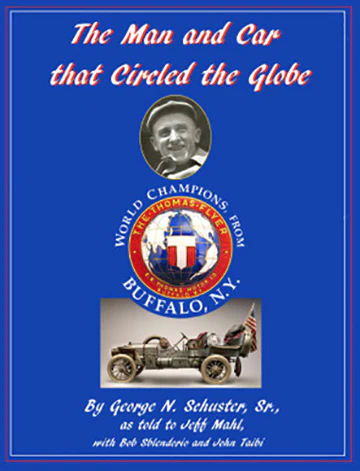





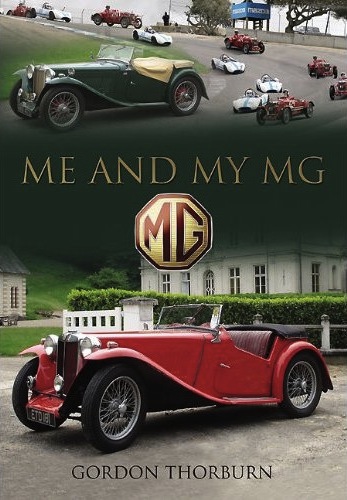



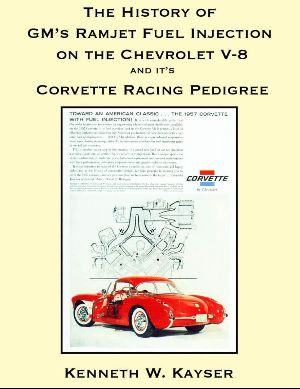
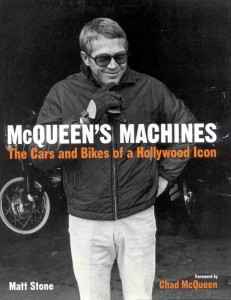

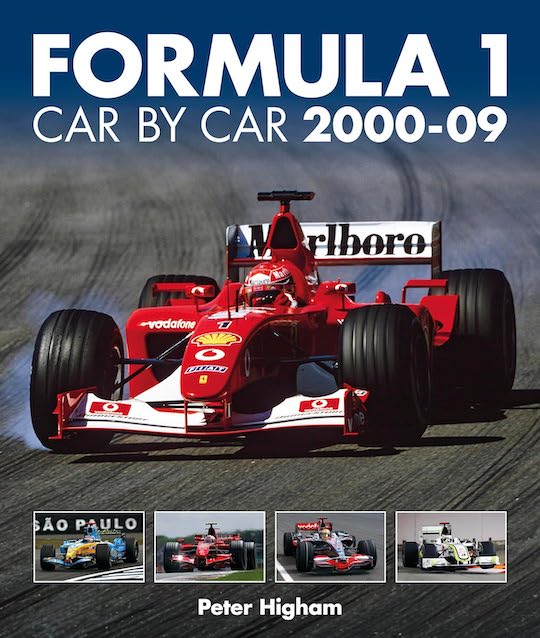
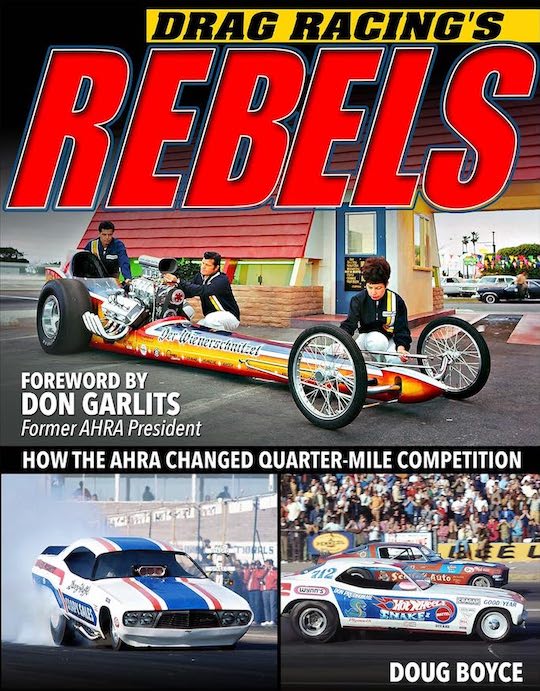

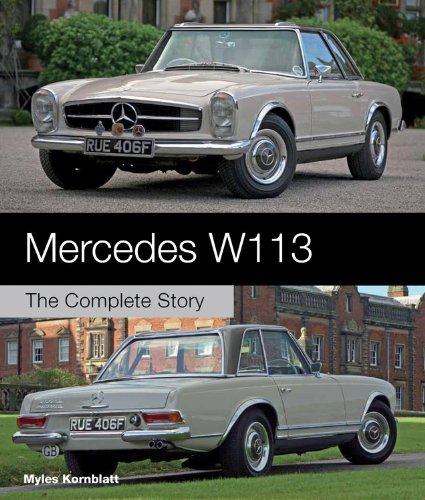
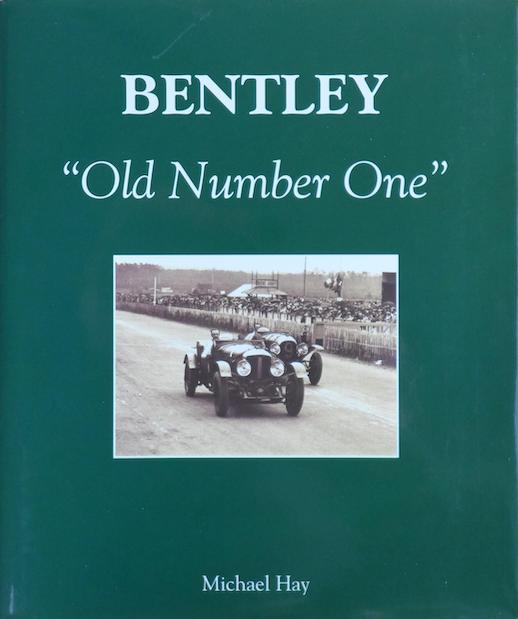



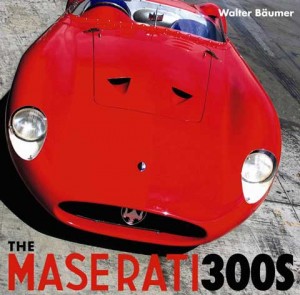


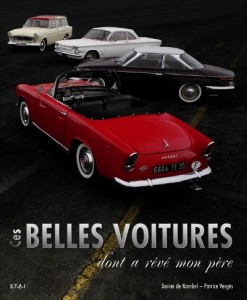


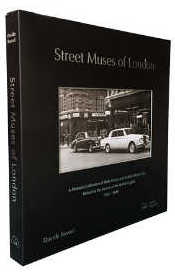
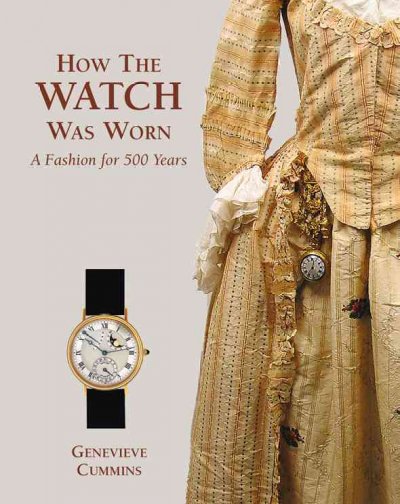
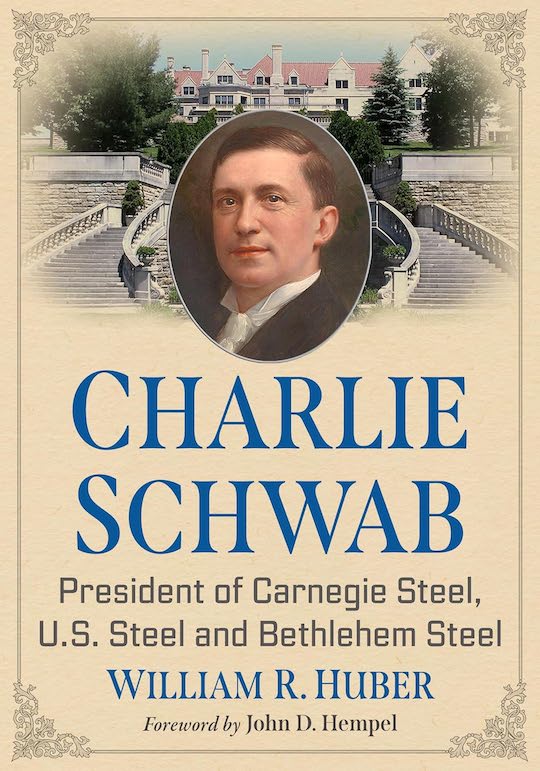



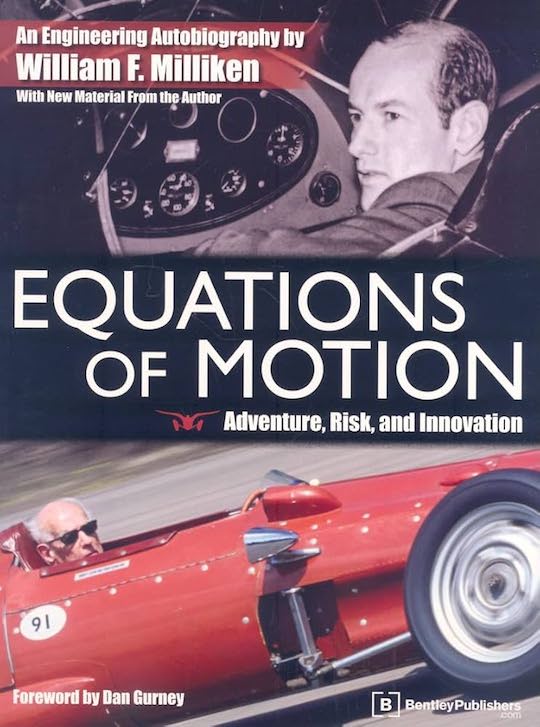
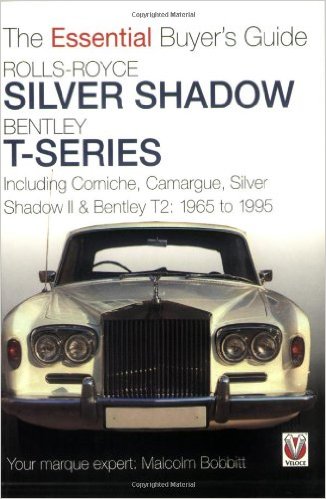

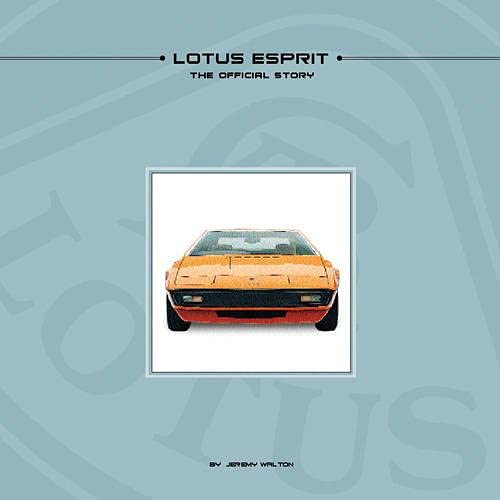
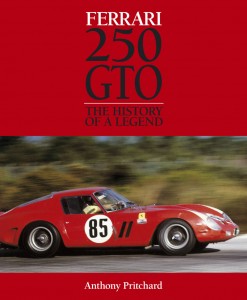

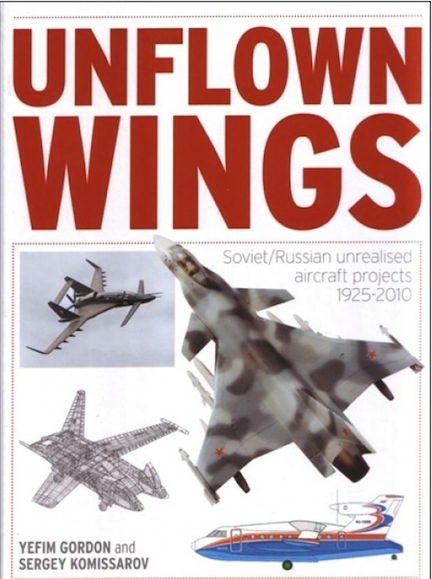

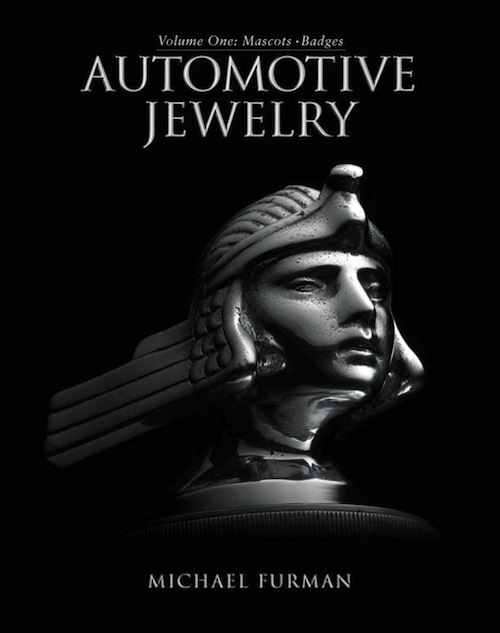

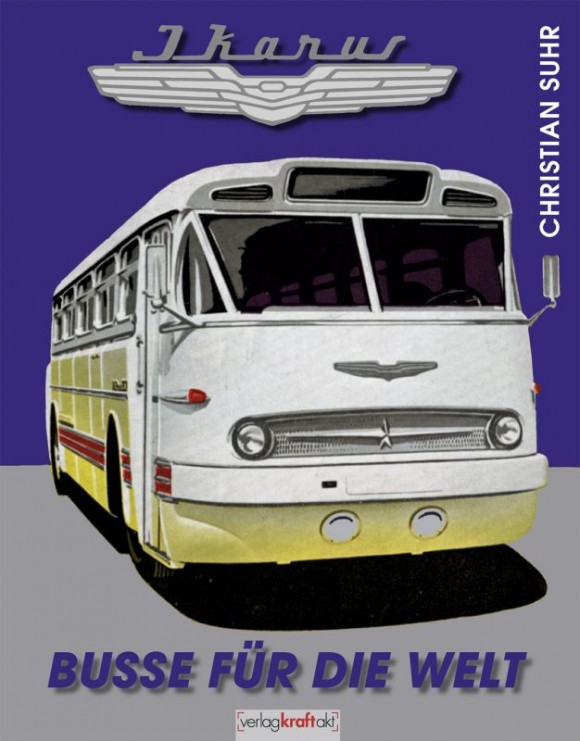


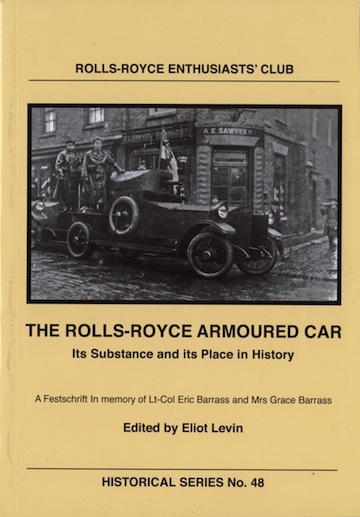
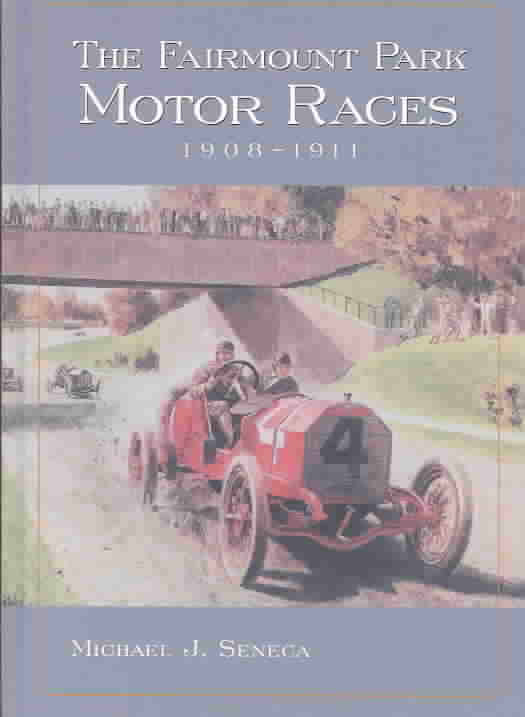
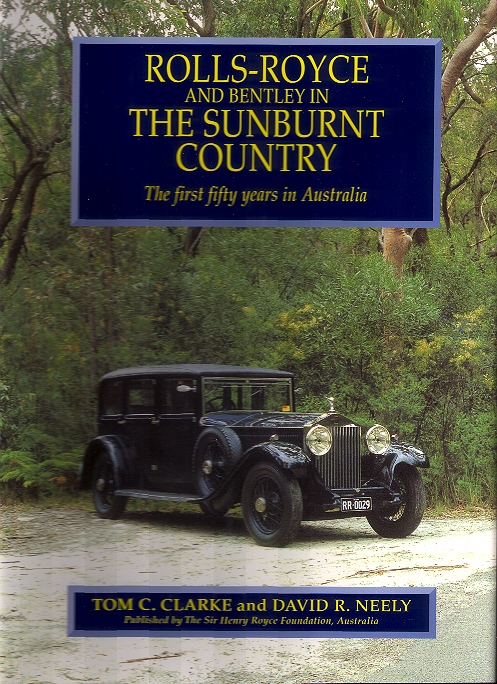

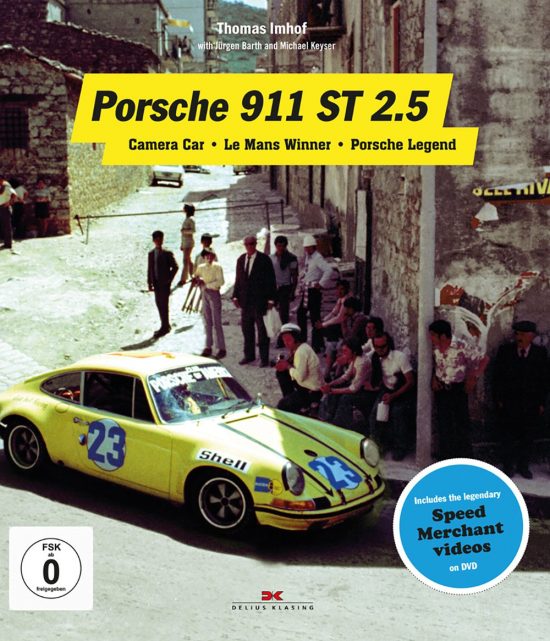


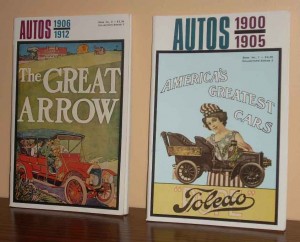
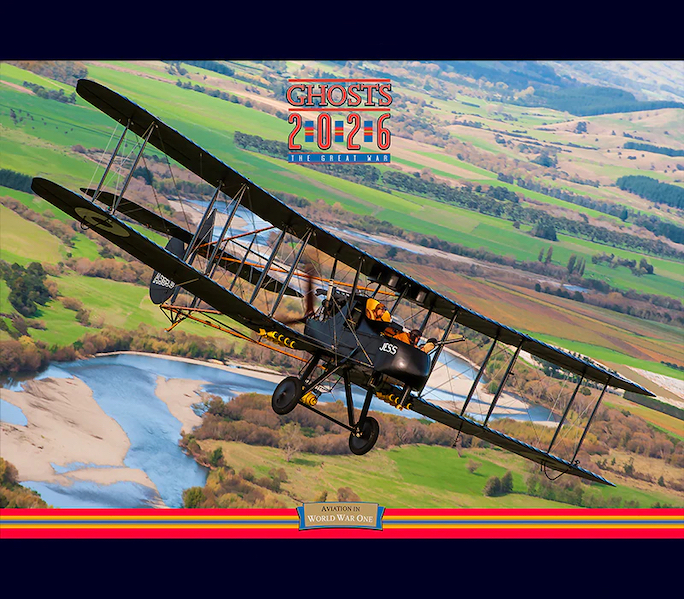


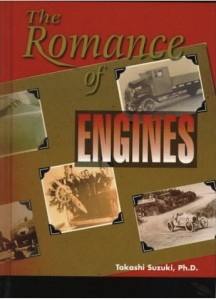


 Phone / Mail / Email
Phone / Mail / Email RSS Feed
RSS Feed Facebook
Facebook Twitter
Twitter
Your way of talking of the book is really different from what I read elsewhere. It’s a real pleasure. You really read the book the way we wanted.